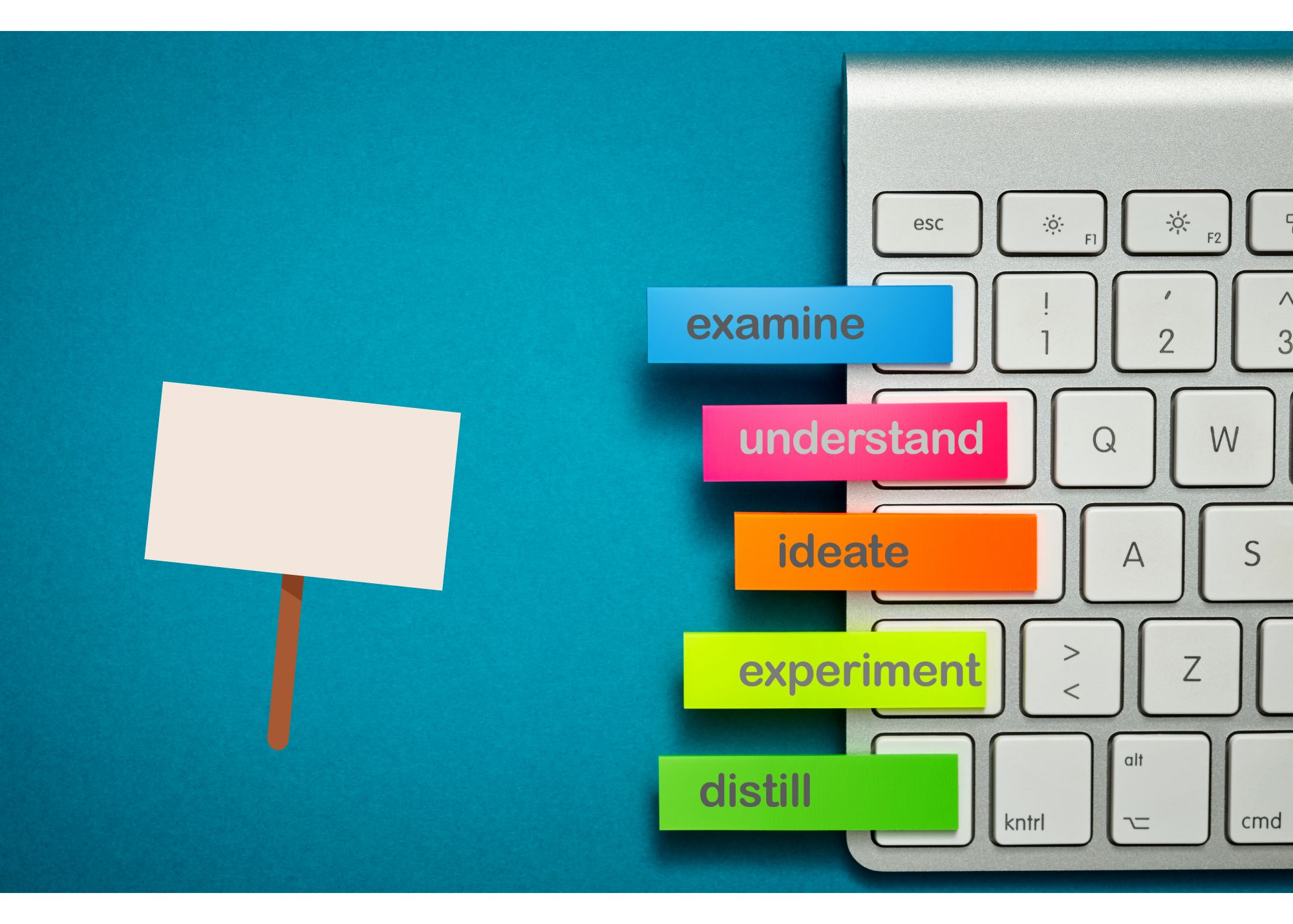Is This the Safest Stock to Buy Today?
According to one study, when markets fell by 21%, retail portfolios were down by 32%. It’s been a devastating year for ordinary investors, which means “safe stocks” are back in vogue.
This desire for safer stocks is especially apparent among those who have seen firsthand that the “next big thing” can decline in price as quickly as it rises – look no further than ARKK as an example of a bubble and pop.
Whether you wish to balance higher-risk growth stocks or want more recession-resistant picks, Procter & Gamble might be as safe a bet as you can find right now. It has a proven track record as a pillar of stability and strength, and offers above-average dividends too.
Procter & Gamble is also a company that can weather inflationary periods. The brands it owns make products that consumers will purchase, regardless of economic cycles. These brands exhibit strong customer loyalty, which in turn creates a wide moat for P&G.
Why Procter & Gamble?
Procter & Gamble is the conglomerate behind dozens of product brands across ten categories, ranging from oral care to baby care. The company owns Bounce, Tide, Bounty, Tampax, Braun, Old Spice, Dawn, Crest, Vicks, and many more. It’s a company built for everyday needs, and brings in around $80 billion in global annual sales.
Don’t mistake it for an exciting stock, though. For P&G, revenue grows by only around 4% each year. But you’re not buying it for growth reasons. Consumers buy P&G products in good times and bad, so it offers a buffer to the booms and busts of economic cycles that cause growth stocks to suffer. People need toothpaste, laundry detergent, and pregnancy tests — the demand is continuous.
For this reason, the consumer staples giant has been able to raise its dividend for 66 years uninterrupted, making it a reliable, time-tested Dividend King. The current quarterly dividend amount is $0.91, providing investors with a reliable source of passive income.
Crunching the numbers
Sure, Procter & Gamble may not be an explosive stock, but it regularly beats Wall Street earnings estimates. The company remains hyper-focused on its bottom line and meeting investors’ expectations. Plus, it operates on a vast scale — it has a market cap of nearly $300 billion.
Procter & Gamble’s 2022 annual report reported net sales of $80.2 billion and $16.7 billion in cash flow.
Organic sales growth was 7%, representing an increase of 13% on a two-year stack and 19% on a three-year stack. This growth is thanks to a diverse portfolio of superior, daily-use products. The top sales by business segment were Fabric and Home Care (35%), Baby, Feminine, and Family care (25%), and Beauty (18%).
Any red flags?
Inflation has some investors concerned that P&G will suffer supply price hikes that will hurt earnings. So far, Procter & Gamble has successfully navigated price hikes to cover the company’s rising costs. However, it has warned investors that this may not be the case in fiscal 2023. Sales growth will likely slow while costs continue to increase.
The annual dividend yield is 2.94%. However, value investors often target 3.5% as an attractive or minimum yield. Still, the company’s payout ratio is 59.49%, suggesting investors don’t have to worry about the safety of the dividend.
Is now the time to buy?
Procter & Gamble is easily one of Wall Street’s most reliable companies, yet its stock is down over 23% year to date. Better yet, we see fair market value at $151.10 per share, suggesting close to 20% upside from current share price levels. That amount of upside combined with an attractive dividend is a compelling value proposition in a turbulent market, and makes this consumer staples company arguably one of the safest stocks to consider.



